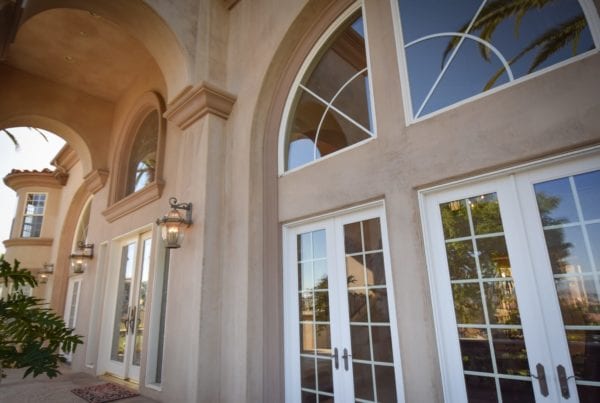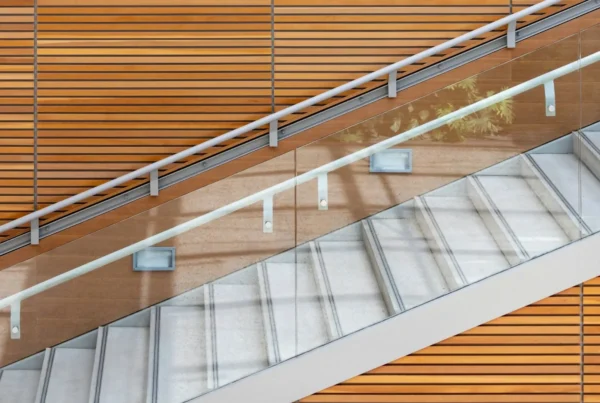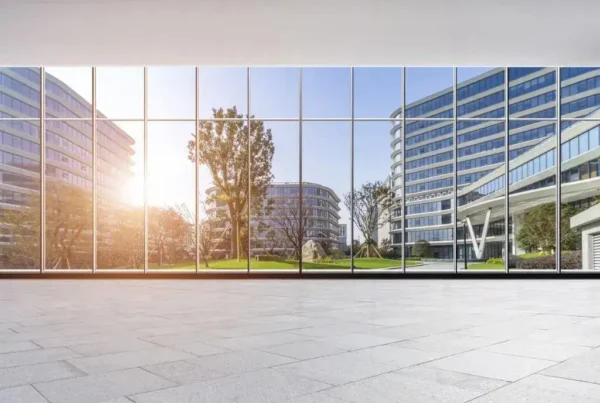The Truth About Bulletproof Window Film
What do bulletproof window films and unicorns have in common?
If you guessed "absolute fiction," you are right.
One is an innocent child's fairy tale, but the other is a dangerous and potentially deadly misrepresentation of a product.
Are Window Films Bulletproof?
Ballistic glazing is a broad topic, but today I want to cover one of the most common misunderstandings. After 25 years in the glass protection business, one of the questions I still get asked most often is:
"Are window films bulletproof?"
The short answer to that question is: "Absolutely not."
How do Window Films Work?
Let's back up for a second and take a look at how window films are made to have a little background knowledge on this topic.
 Window films are made from a polyester mailer sheeting that can be coded in various ways to achieve solar-control properties, privacy, and other benefits in cars, homes, and buildings. But it can also be made in a variety of thicknesses for safety and security purposes.
Window films are made from a polyester mailer sheeting that can be coded in various ways to achieve solar-control properties, privacy, and other benefits in cars, homes, and buildings. But it can also be made in a variety of thicknesses for safety and security purposes.
The standard window film or window tinting, as it is commonly known, is about two mils thick. A thousandth of an inch is a derived unit of length in an inch-based system of units equal to about 0.001 in. It is normally referred to as a thousandth of an inch or, particularly in the United States, one mil.
| 1 mil ≠ 1mm (millimeters) |
| 1 mil = 0.001" (inches) |
| 1 mil = 25.4 microns |
| A MIL is its own unit of measurement |
So the window tinting you have in your home, car, or office is usually around two mils or two-thousandths of an inch thick. Safety and security films are thicker, ranging from 4 mils or roughly double that of a regular window tinting up to 15 mils.
There are some films out there that are well over 20 mils thick, but cutting and installing them becomes extremely difficult. It's like a piece of plywood when it's that thick.
Installation of Window Films
Window films are installed using a water-based mounting solution.
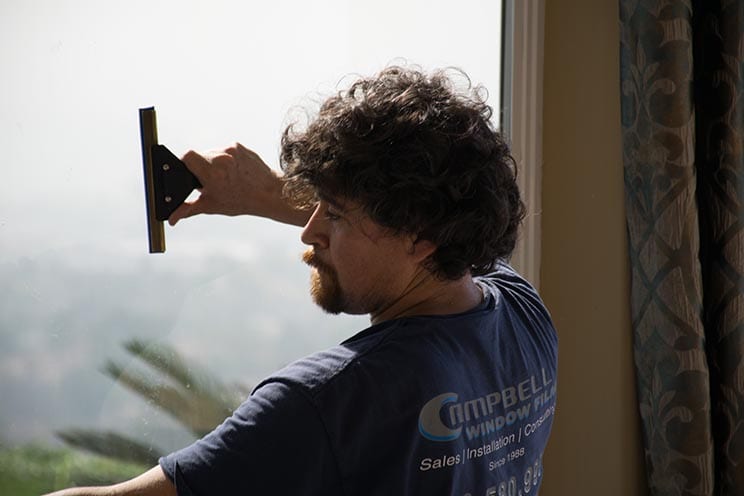 So the dry times for very thick films are a lot longer than a regular window film, and the sheer thickness can lead to problems with drying and clarity. If an installer is not used to installing this, it's probably not going to go well, and the consistency over many windows, especially, is tough to obtain.
So the dry times for very thick films are a lot longer than a regular window film, and the sheer thickness can lead to problems with drying and clarity. If an installer is not used to installing this, it's probably not going to go well, and the consistency over many windows, especially, is tough to obtain.
As a general rule, thicker films are better for forced entry in terms of preventing penetration through the film.
But stopping a bullet is an entirely different story.
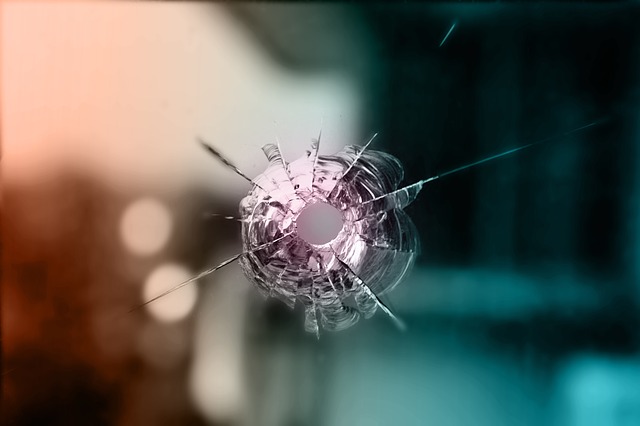
To my knowledge, and this date, there is no film or film combination that, by itself, will stop a bullet. There are, however, many thick films or combinations of thick films that, when applied to a very thick heavy glass, may stop a round from a small-caliber handgun.
The key takeaway here is that thick heavy glass is used to obtain a low-level ballistic rating.
Generally speaking, most of us don't have ½ inch or 1-inch thick glass in our homes. We might have an IG (insulating glass) unit or two pieces of quarter-inch glass or eighth-inch glass consisting of an overall 1-inch thick unit. But that's got a big air gap in the middle.
The Importance of Window Film to Safety and Security
So, once again, most of us don't have a solid monolithic half-inch or quarter-inch piece of glass in our homes or buildings. It, therefore, seems deceiving to advertise a product as a ballistic-rated product when it requires that you replace your existing glass before adding multiple layers of a film to it.
I think it's easier to go out and buy a ballistic-rated laminated-type glass that is a finished product without all the hazards of dry times and clarity issues and install that rather than replacing the glass and then adding film.
This is not to say that window films can't serve a critical role in securing a building.
So there are two ways to look at this:
- Stopping a bullet is something we'd all like to do, but window films aren't going to stop bullets. (therefore, bulletproof window film currently isn't a real or available option)

- Window films can, however, hold the glass together once it's been shot. And even though the bullets passed through and can cause damage, keeping the shooter out of the building can dramatically reduce casualties by limiting the target options. Once the bad guy's in the building, things go from bad to infinitely worse.
To Recap
Window films should not be considered if the goal is to stop bullets.
However, window films can be a very valuable and affordable solution if the goal is to delay a shooter's entry into the building. They reduce the casualty count potentially by giving occupants the time that they need to run out of the opposite side of the building or to hide and barricade themselves in a room somewhere.

